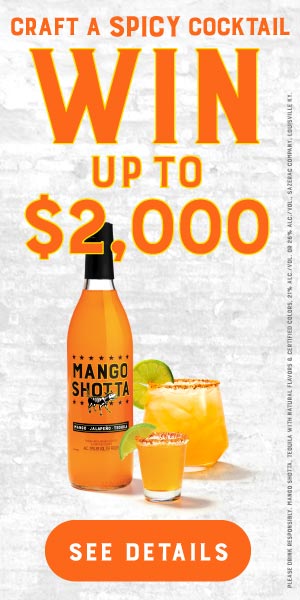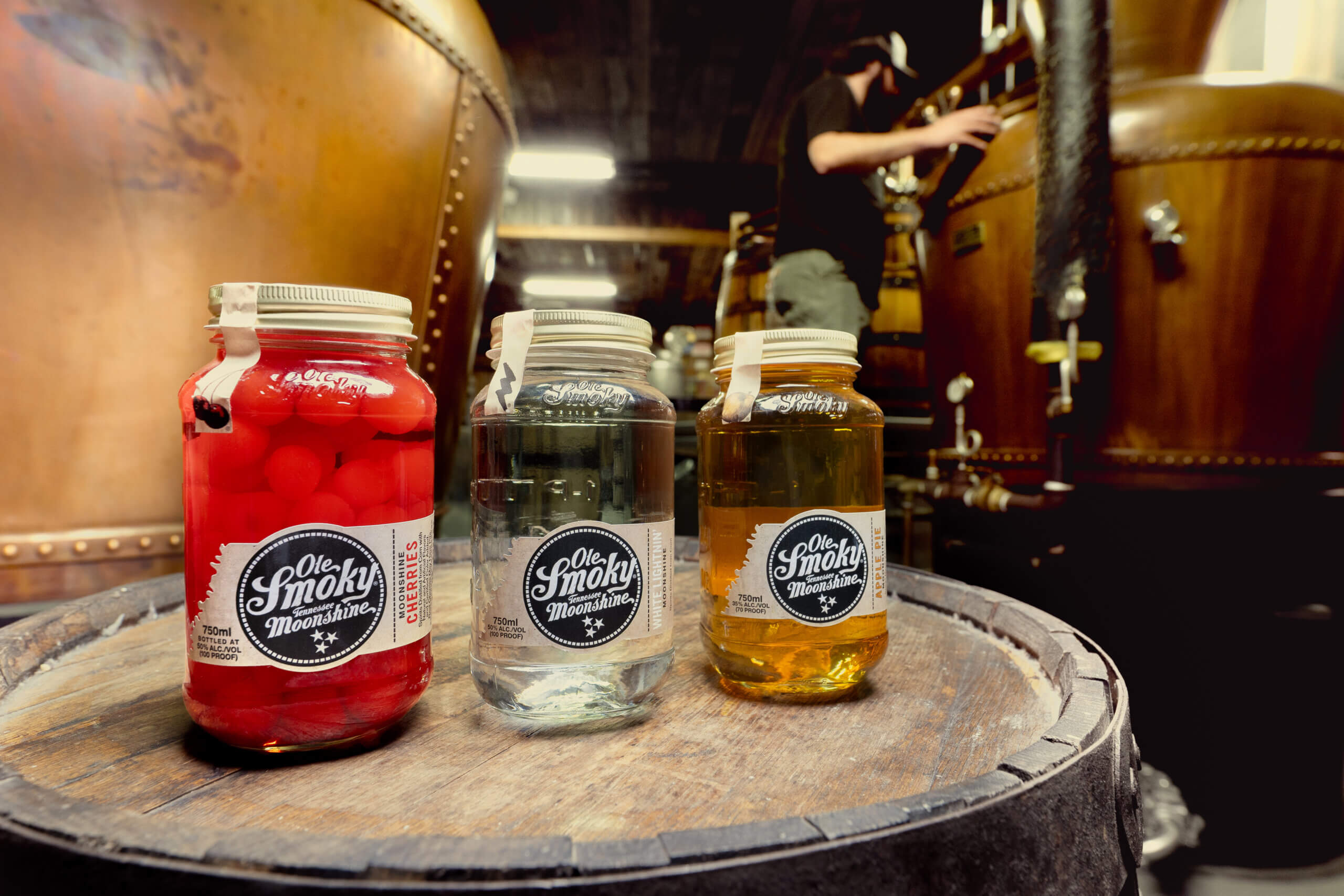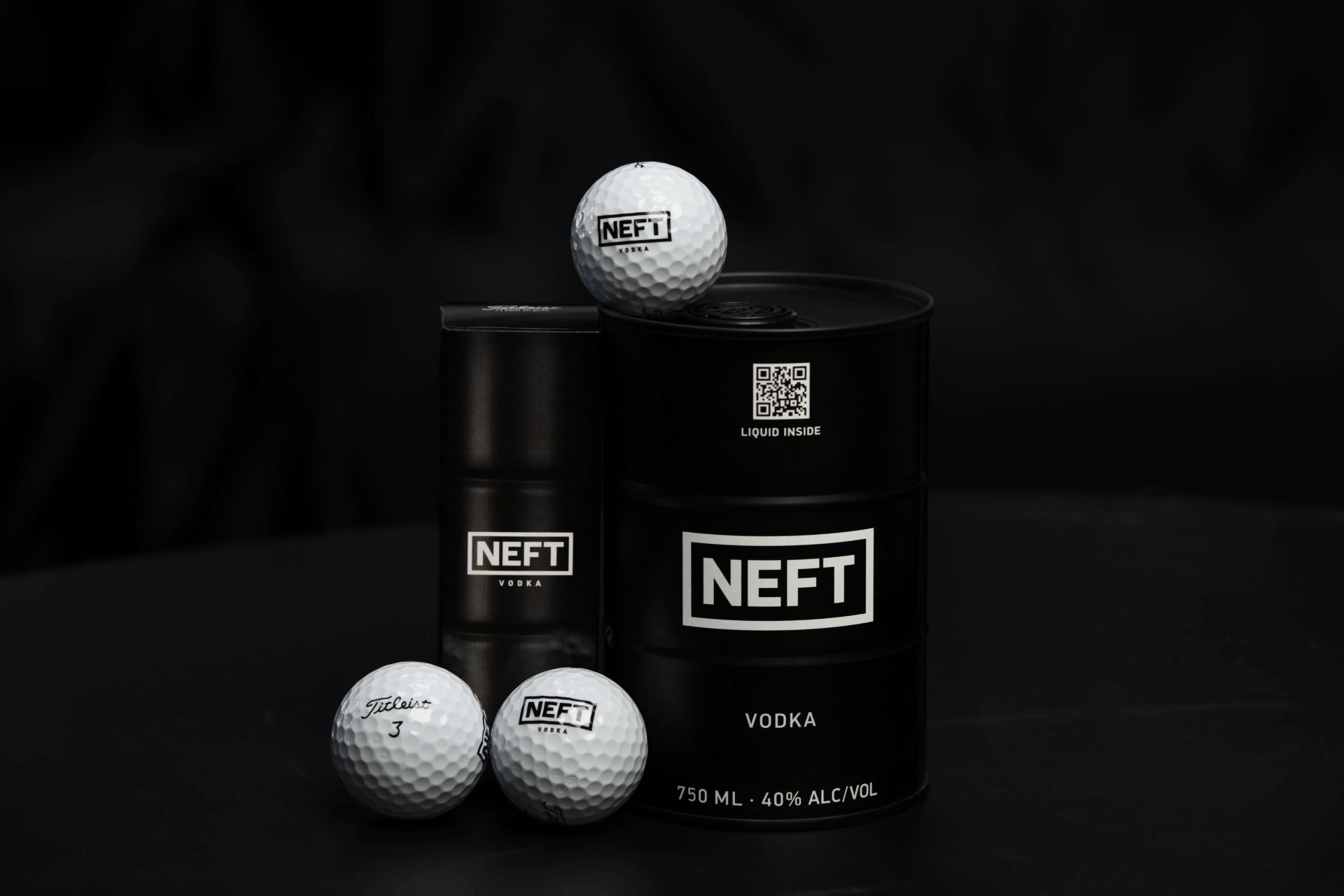“Do You Know How To Make an Old Fashioned?”
By Josh Curtis
A Bartender’s Journey
When I was a waiter at the Manhattan Won Ton Company in Beverly Hills in 1998 a customer said to me “Do you know how to make an Old Fashioned?” I did not have any clue what he was talking about. Luckily, the man knew what he wanted and he proceeded to instruct me.

The Introduction to an Old Fashioned
“Okay, grab a sugar cube,” he said. “Put that stuff in it. What’s it called again? Looks like Worcestershire sauce; should be back there on the bar somewhere.” Of course, he was talking about bitters, which until about five years ago was often relegated to a back shelf – or wasn’t even present in many bars.
He continued very specifically, “Douse it a lot, then take one of those bar cherries and an orange slice and smash it with a bar spoon or something. Pour a shot of bourbon over it and then shake it up. Pour it right back in the glass, top it with soda, and then add another one of those cherries and an orange slice.” The man knew exactly what he wanted.
I remember him being ecstatic about the simple fact that I could pull off such a feat. Then he tasted it and said “Mmmm, that’s perfect!” At the time, I had no idea that there were other versions of one drink with the same name. This was my introduction to one of the cocktail world’s most classic drinks. Little did I know at the time, that there was not only more than one way to make this drink, but also that, for a long time, a war about how to make it had waged on.
Jeffrey Morgenthaler’s Experience
When he first started bartending, Jeffrey Morgenthaler had a similar story about the way he learned to make this titular cocktail. He had trained his staff rigorously in the original ‘1806 Hudson Balance’ method. The latter was named after the newspaper that defined the idea of the “Cocktail” being a mix of sugar, bitters, and spirit with a few teardrops of water. But then one night at Morgenthaler’s Clyde Common in Portland, he had an “Aha!” moment.
A woman walked up to his bar and ordered a Brandy Old Fashioned. Morganthaler’s bartender enthusiastically made the 1806 style. Out of the corner of Morgenthaler’s eye, he saw the look of disgust on the woman’s face as she looked down at a drink that was clearly not what she thought she had ordered. It donned on him at this point that the ‘1806 Hudson Balance’ style and the ‘Brandy Old Fashioned’ are two entirely different cocktails.
The Evolution of the Old Fashioned
I love this story because Morganthaler is absolutely right. In 1806, people would ask for a cocktail “in the old fashioned way…” meaning nothing too fancy, simply bitters, sugar, and spirit. By considering both versions, Morgenthaler allows a term for people to get the Old Fashioned the way they want it in the other school of thought. He’s created a tool, so to speak, for bartenders to use by embracing the idea of the ‘Brandy Old Fashioned.’
Much in the way a bartender would ask a guest whether they want a Martini “stirred or shaken?” this variation allows the guest to get the drink they want. If your house rule is ‘stirred’ and somebody wants it ‘shaken’, what good does it do to serve somebody a drink they didn’t order? As a bartender you can suggest otherwise, but at some point you must give them what they want or they will go somewhere else. And, if you want a guest to return, you want them to be happy with their drink.
My Personal Experience
The good news was that way back when in 1998, I could make a good drink. This, without knowing there was a proper way to do it. I was good at taking instructions — which was half the way to the finish line before I had even begun the contest.
But, of course, being a good listener wasn’t enough. For some time after that first Old Fashioned encounter, I felt that I made a great Old Fashioned. Then one day, during an interview with a cocktail expert, I started second-guessing myself.
“How do you make an Old Fashioned?,” he asked. It seemed like a harmless question. He followed it with: “I want your specifications in ounces, preparation, method, and glassware.” I wasn’t expecting this for some reason. I had made various versions of an Old Fashioned thousands of times. The recipe was always designated to the standards of the house specifications of the restaurant or bar in which I worked. I made them great. I always made all my drinks great. Or did I?
Deep Dive into the Old Fashioned
All of a sudden, my specifications were under a microscope and I had not considered that there was one specific way — or even an industry standard. I was dedicated to the free pour count method. So I did not feel the need to write down measurements or worry too much about “specs.”
It was like playing billiards without calling the shots. To recite the specifications like a spelling bee was something I had not considered. “We had not considered that, dude.” It was that day however, that I considered it. I began to think differently about all this bartending stuff. I realized that furthering my education in all aspects of the subject could only make me a better barman. It was time to get specific.
My journey required me to focus solely on the Old Fashioned cocktail for awhile. I asked a lot of bartenders their opinions – and I got a lot of different answers. So I went to the bookstore. I found a book entitled “Old Fashioned; An Essential Guide to the Original Whiskey Cocktail” by Albert W.A. Schmid, and I read it over and over again. I learned the importance of the basic elements of bitters, sugar, spirit, and water.
Learning from the Best
Working with Vincenzo Marianella at Copa d’Oro really put this all into action. He is really good at making a decision and distilling a drink down to the most basic elements that still allow you to make the cocktail well in a volume setting. His focus on just a quarter of a thimble of club soda in the concoction breaks down the sugar cube into the correct consistency without over-diluting the finished product. He always says you don’t want your cocktail to be the equivalent of over-cooked pasta. He couldn’t be more correct.
Understanding the Customer
Lately I have a lot of customers ask for a Old Fashioned. What kind they want is all in the way they ask for their drink. Whether you think they are “right”
Photo by Josh Curtis Photo by Shutterstock.com
Old Fashioned 1806
Ingredients
Preparation

Brandy Old Fashioned
Ingredients
Preparation












